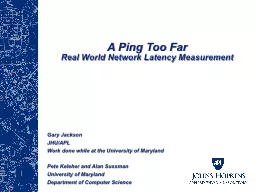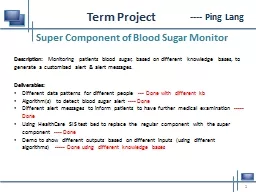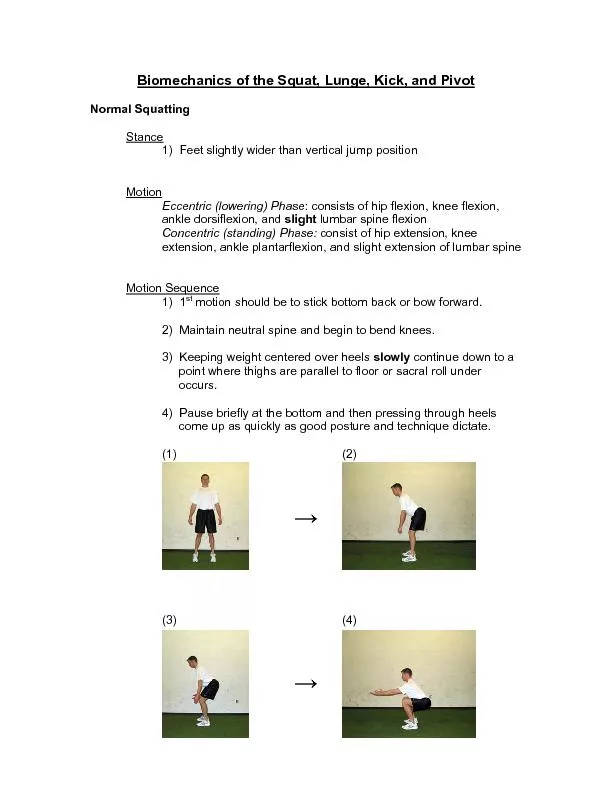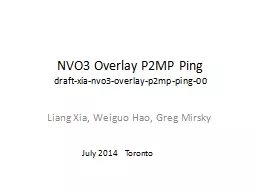PPT-A Ping Too Far
Author : natalia-silvester | Published Date : 2016-04-19
Real World Network Latency Measurement Gary Jackson JHUAPL Work done while at the University of Maryland Pete Keleher and Alan Sussman University of Maryland
Presentation Embed Code
Download Presentation
Download Presentation The PPT/PDF document "A Ping Too Far" is the property of its rightful owner. Permission is granted to download and print the materials on this website for personal, non-commercial use only, and to display it on your personal computer provided you do not modify the materials and that you retain all copyright notices contained in the materials. By downloading content from our website, you accept the terms of this agreement.
A Ping Too Far: Transcript
Download Rules Of Document
"A Ping Too Far"The content belongs to its owner. You may download and print it for personal use, without modification, and keep all copyright notices. By downloading, you agree to these terms.
Related Documents














